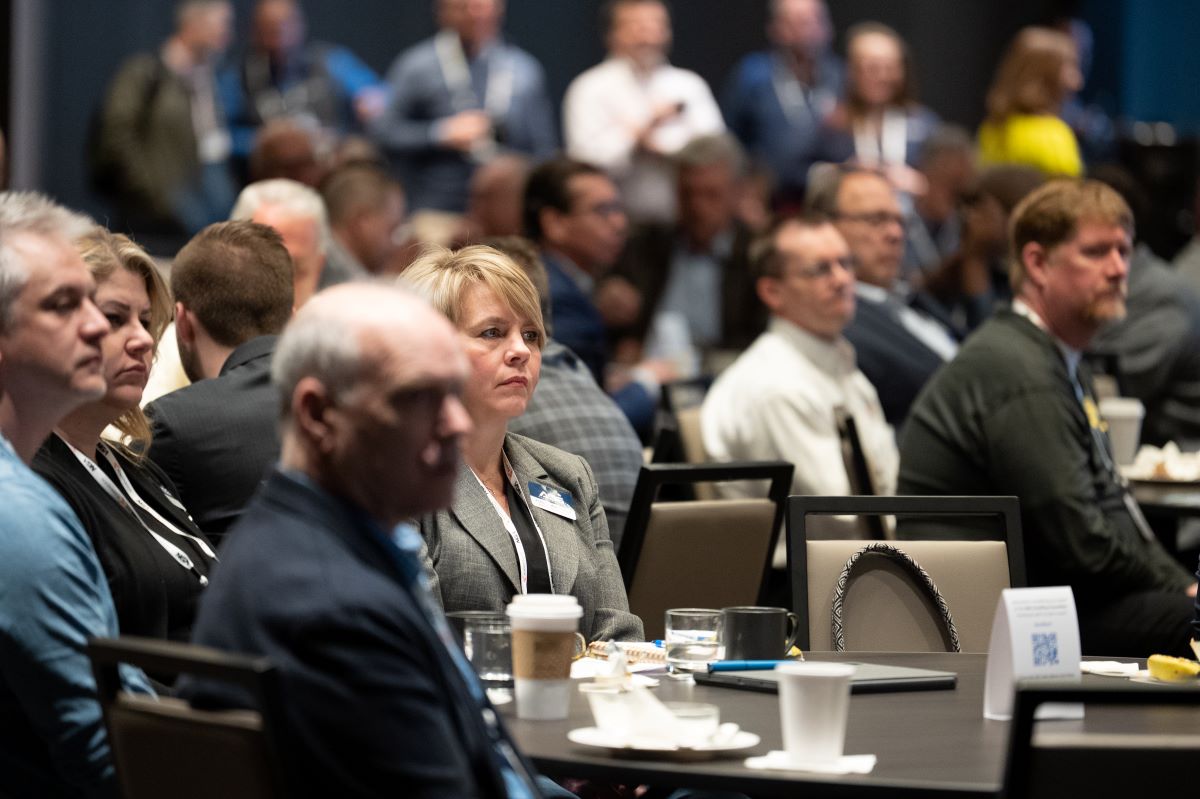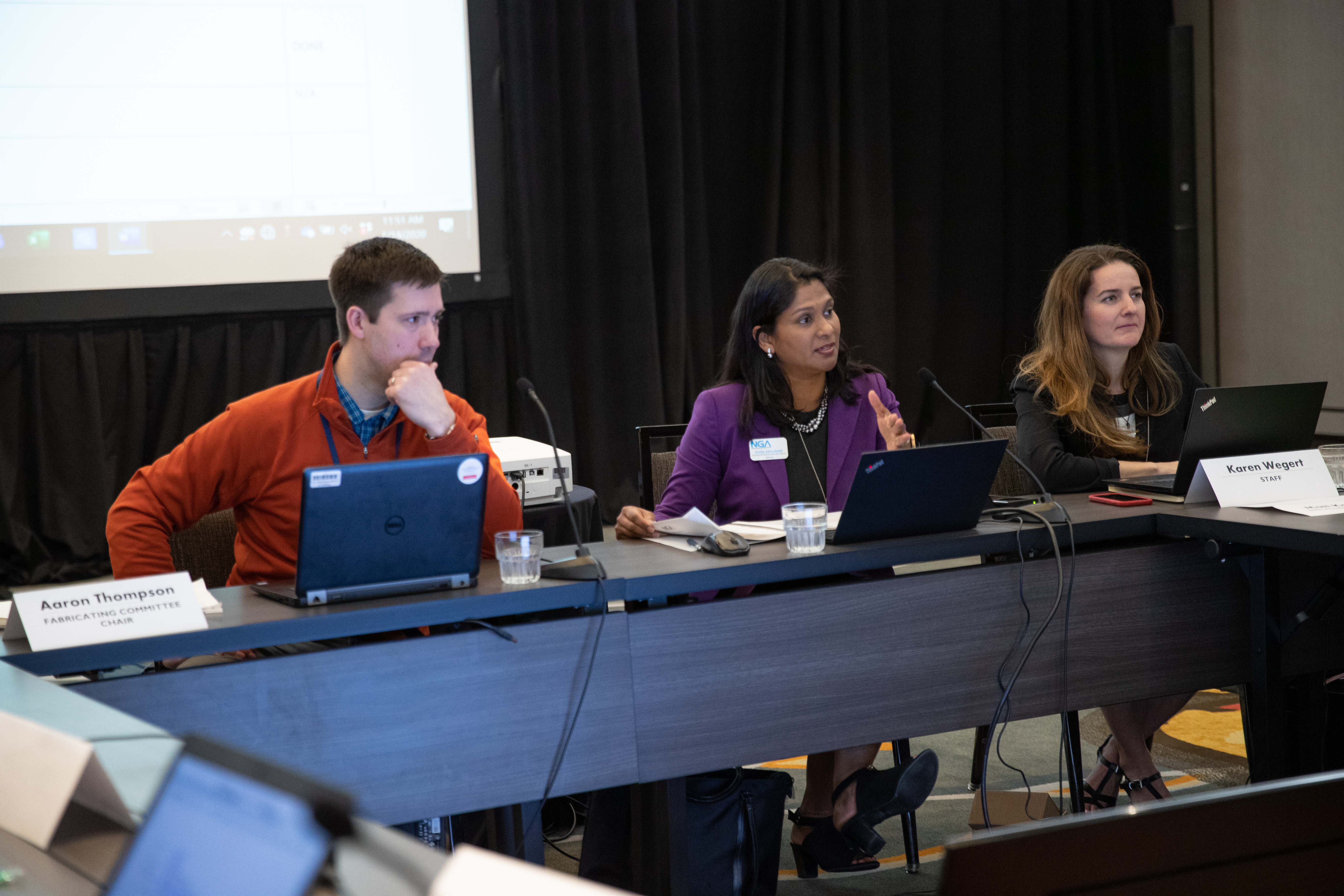Make Your Voice Heard
Our committees develop new resources and address critical issues facing the industry. Make your voice heard by volunteering for one of NGA’s Committees—Advocacy, Forming, Fabricating or Installing.



Committee Structure and Leadership
Join NGA in promoting and defending the use of glass in the built environment. NGA represents and advocates for the industry’s interests, collaborating whenever possible with other trade groups.
See Committee Members and Task Groups
Committee Leadership
Committee Chair
Vitro Architectural Glass
Sustainability Subcommittee
Subcommittee Chair
NSG | Pilkington North America
The forming committee represents the interests of primary glass manufacturers.
See Committee Members and Task Groups
Committee Leadership
Chair
Vitro Architectural Glass

Vice Chair
Guardian Glass
Made up of industry fabricators and suppliers, the Fabricating Committee produces Glass Informational Bulletins, manuals and other technical resources related to decorative, energy efficient, fire-rated, insulating, laminated, protective, and tempered glass products.
See Committee Members and Task Groups
Committee Leadership
Aaron Thompson
Committee Chair
Viracon
Bobby Chestnut
Committee Vice Chair
Walker Glass
Technical Liaisons

Rob Carlson
Insulating
Tristar
Julie Schimmelpenningh
Laminating
Eastman Chemical
Vaughn Schauss
Protective Glazing
Kuraray
Michael Saroka
Decorative
Goldray Glass
The NGA Installing Committee serves as the hub for all discussion and activities related to installing companies—including contract glaziers, building envelope contractors and full-service glass companies—with a focus on education, technical resources, events, and communication across the supply chain.
See Committee Members and Task Groups
Committee Leadership
Joey Aragon
Committee Chair
Aragon Construction
Current Committee Task Groups
Our active task groups meet every four to six weeks to develop new technical resources and revise existing publications. Task group meetings generally last 30 to 60 minutes, with additional time on a volunteer basis to draft content. See our current volunteer openings and get involved.
Glazing Industry Code Committee
GICC works directly with NGA’s code consultants to build greater knowledge and acceptance of architectural glass, glazing materials, and glazing systems as safe, efficient, effective, and economical construction products. GICC seeks to educate model code, standard-setting, and building code organizations and officials, as well as the general public.
The GICC meets virtually to discuss updates to the ICC Building Code and the Canadian Model National Building Codes. GICC is led by the Executive Committee:
- GICC Chair – Daniel Poling of SCHOTT replaces Devin Bowman of Technical Glass Products
- GICC Vice Chair – Kayla Natividad of Pilkington North America replaces Steve Thomas of Guardian Glass
- GICC Secretary/Treasurer – Marc Deschamps of Walker Glass Company replaces Ron Hull of Kuraray
- Thanks to our GICC leadership for their time and dedication to serving the glass and glazing industry interests in the building codes.
If you are interested in joining GICC, contact Amber Johnson for details.









